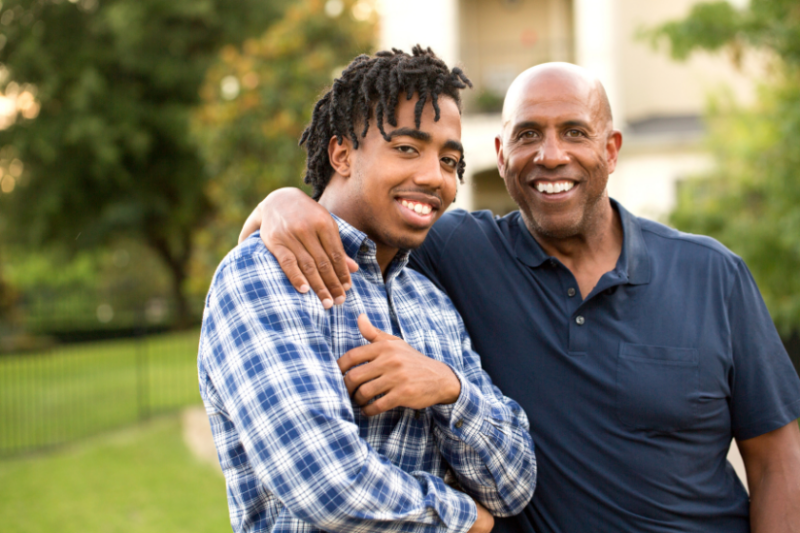All ages: Testicular check
Ask your health care provider to examine your testicles as part of your routine physical exam.
Testicular cancer is cancer that begins in the testicle (most people assigned male at birth are born with two testicles). It is rare and most often seen in young people. Although people with testicles may develop testicular cancer at any age, rates are highest among people ages 20–39.
Testicular cancer is usually curable when found early and treated appropriately; treatment is often successful even at later stages.
If you have testicles, follow these screening guidelines:
Ask your health care provider to examine your testicles as part of your routine physical exam.
Talk with your health care provider about the testicular self-exam. It is one way to get to know what is normal for you. If you notice a change, see your health care provider right away.
This information will help you and your health care provider decide which cancer screenings you need, when to begin screening and how often you should be screened.
Get StartedIf you have testicles, you are at increased risk for testicular cancer if you:
You may reduce your risk for testicular cancer through certain checks or corrections:
Ask your health care provider to examine your testicles as part of your routine physical exam and talk with your health care provider about the testicular self-exam.
If you have a child who was born with an undescended testicle, talk with your health care provider about correcting it before your child reaches puberty.
Talk with your health care provider right away if you have any of these symptoms:
Treatment depends on the type and stage of the cancer and your medical condition.
Surgery to remove the cancer (orchiectomy) is the most common treatment option for testicular cancer.
This is a treatment that uses drugs to kill cancer cells. It may be used alone or in combination with another therapy before or after surgery.
This treatment uses high doses of radiation to kill cancer cells and shrink tumors. It may be used alone or in combination with another therapy before or after surgery.
Resources from the Foundation helped him know what to look for.
Learn More




